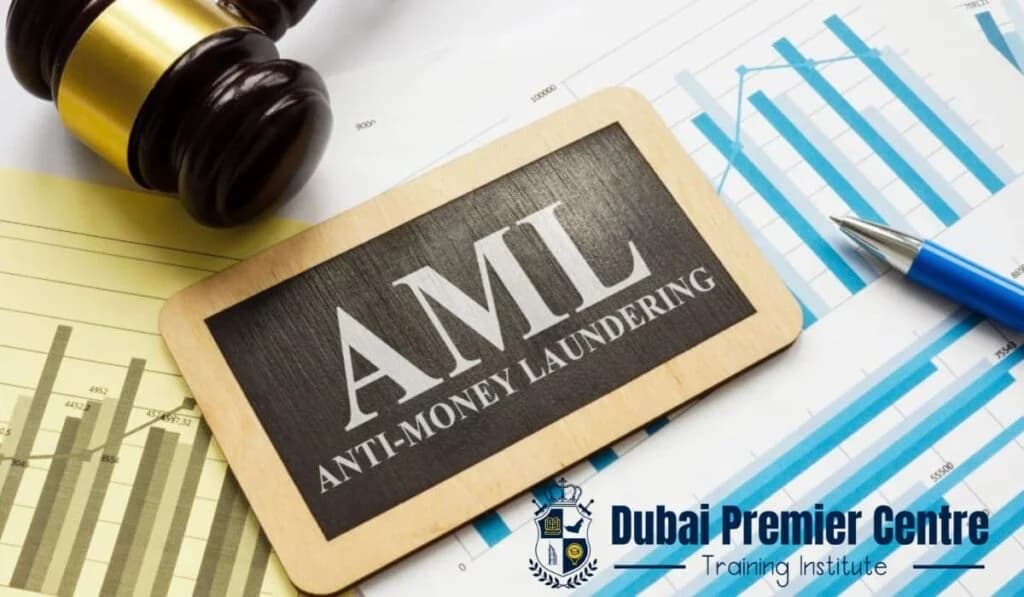Top 7 high-risk customers in AML – How to identify and monitor them

Banks and other financial institutions check their client data to prevent money laundering. For these purposes, they use the below-mentioned steps:
- Know Your Customer(KYC)
- Customer Due Dilidence
In these steps organization gathers the client's details, confirms their identity, monitors transactions for odd patterns and checks risk levels. Some essential tasks include verifying IDs, screening against banned lists and tracking the source of money. Furthermore, to reduce the risk of money laundering and other financial crimes, it is important to spot high-risk customers. These clients might come from places having weak laws, and adopting strange transaction habits. Knowing these risks at an early stage, organizations can reduce the dangers and follow laws. Furthermore, banks and other financial institutions need strong tools to handle risk and improve compliance and safety. This guide discusses the types of high-risk clients, methods to identify them for anti-money laundering and many more.
What is customer identification for AML?
As of June 17, 2021, AML laws were updated. Under the new laws, banks and all other financial institutions are legally required to identify customers before doing business with them or offering certain services. This process is known as customer identification. It includes gathering ID documents or other data to confirm that a person is not involved in any illegal activities. This process applies to all transactions, whether one-time or multiple-time deals and partnerships. It is important to prevent fraud, money laundering and terrorist financing.
Organizations ensure that they work with genuine clients and reduce risks while adhering to legal standards by diligently verifying IDs. Customer identification is also important to build trust and security in financial relationships because it helps to differentiate between honest customers and potential fraudsters.
Standardization of identity validation is significant to businesses so they have consistent methods and dependable outputs in all situations. Without adhering to these guidelines of carrying out identity verification, there may be repercussions for their business activities, including penalties, reputational damage, and/or civil litigation. Whereas this procedure is termed Customer Identification to shield businesses and customers as well, the identification procedure brings more transparency and formal responsibility for financial transactions and adheres to international standards of security.
7 common high-risk customer types
- The customer belongs to the high-risk nation
- Customers inthe high-risk business sector
- Customers having complicated ownership structure
- Politically Exposed Persons(PEP)
- Customer having suspicious account activity
- Customers with adverse media
- Non-residential customers
1. Customers from high-risk countries
Customers belong to countries that have weak rules and regulations against ML or financial crimes. These nations are often on special watch lists.
2. Customers in risky business
Customers that have a lot of cash, such as casinos or car dealerships. People might prefer these places to hide illicit money
3. Customers with Complicated Ownership
Some businesses have shady or concealed proprietors. This may simplify the concealment of illegal activities. It's crucial to be aware of who actually owns the company.
4. Politically Exposed Persons (PEPs)
They are individuals holding significant government positions. Because they may be more likely to become corrupt, they require additional scrutiny.
5. Customers with Bizarre Account Behavior
If a person suddenly makes a large amount of money or remits money abroad frequently, it may be suspicious. Such activities must be verified thoroughly.
6. Customers in the News for Crime
If a customer is named in crime news, he or she may be risky. Verification of news reports identifies such individuals.
7. Non-Resident Customers
Individuals who are not residents of the country but open accounts for unknown reasons could be risky. They require additional checks.
Steps to identify clients for AML
- Gathering client information
- Collect customer’s full information like, name, date of birth, home address etc
- Collect their official documents such as passport or driving license to confirm their identity
- If you have a plan to do business with a company then find out the owner of the company
2. Assess Risk
- Consider the background and business of the client and determine how dangerous they could be
- Consider whether they operate in industries that tend to be high risk, such as money businesses or gaming
- Also consider if they are well off or if they have any connections to weak or strict law countries
- Do more rigorous checks on clients that appear to be high risk and monitor their behavior closely
3. Monitor and Report
- Regularly continue to monitor the client's transactions to identify anything that seems strange or out of the ordinary
- If you notice something that doesn't seem quite right, report it to the appropriate authorities immediately
- Extra checks and close monitoring of activities should be conducted for high-risk clients to ensure everything remains safe
Specific checks and procedures
- Sanctions Screening
Carefully check the customer name on the official banned list. This list includes the name of the person that government prevent to do business with them due to involvement of person in financial crime or terrorist financing
- PEP screening
Find out if a client is a Politically Exposed Person(PEP), like a government official, or related to one, as they may pose higher risks
- Adverse media screening
Seek news coverage or public reporting demonstrating that a customer could be implicated in criminal or fraud activities
- Source of funds and wealth
Discover the origins of a customer's funds to ensure it does not stem from unlawful sources
- Record keeping
Maintain clean and full records regarding your customers and transactions
By doing these and complying with anti-money laundering (AML) regulations, firms and banks can detect and minimize money laundering risk and shield themselves against crime.
How Dubai Premier Center AML courses benefits you
Dubai Premier Center Training Institute provides Anti-Money Laundering (AML) training meant to educate you on how to identify, prevent, and report money laundering and terrorist financing activities. Their course includes essential topics such as Know Your Customer (KYC), Customer Due Diligence (CDD), sanctions screening, and the function of the AML officers. You will be educated on AML legislation, threats in different business sectors, and detection of suspect behaviors or "red flags." The training comes with real-life case studies and is centered on regional UAE legislation as well as global best pr
Read Related Articles





